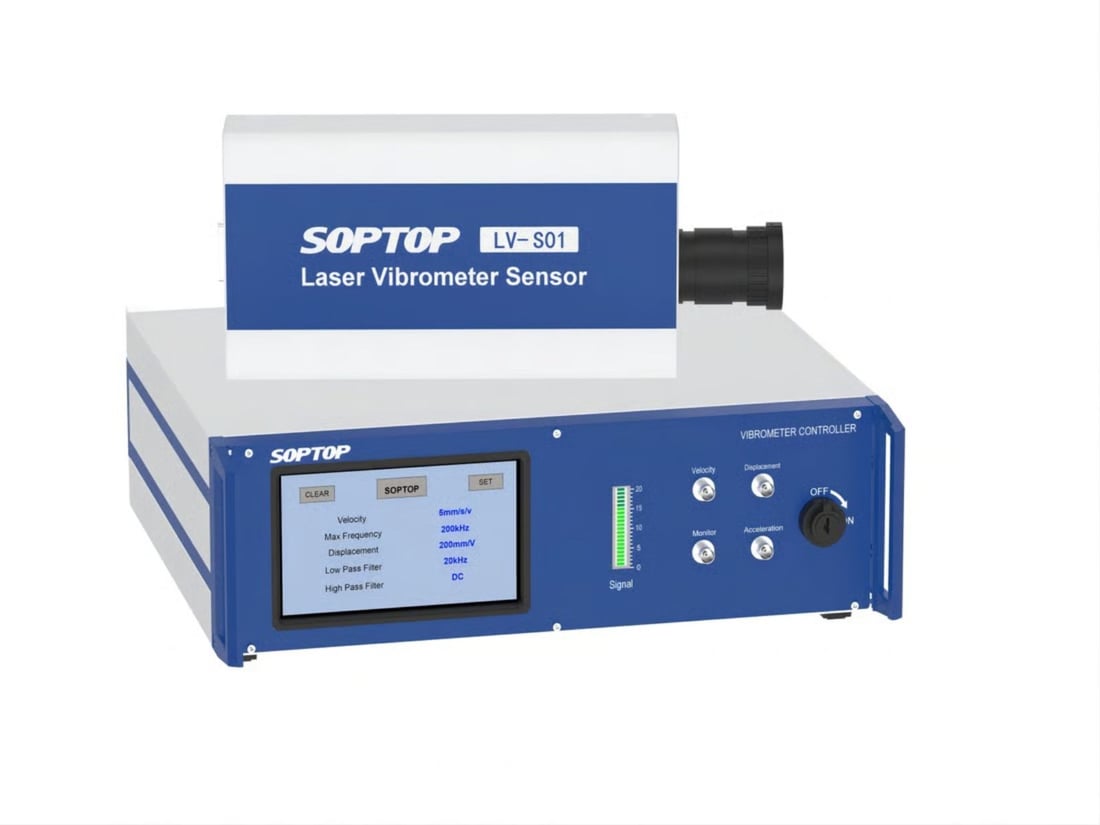Overview of Laser Vibrometer
Laser vibrometer is a cutting-edge technology that measures vibration and displacement with high precision. It utilizes laser beams to detect minute movements in structures, machinery, and components. The principle of laser vibrometer is based on the Doppler effect, where the frequency shift of the laser beam is used to calculate the velocity of the vibrating object.
Working Principle of Laser Vibrometer
The working principle of a laser vibrometer involves emitting a laser beam onto the vibrating surface. The reflected beam is then captured by a photodetector and analyzed for frequency shifts. By measuring the phase difference between the emitted and reflected beams, the vibrometer calculates the velocity and displacement of the vibrating object.
Types of Laser Vibrometer
There are two main types of laser vibrometers: Doppler vibrometers and interferometric vibrometers. Doppler vibrometers measure the Doppler frequency shift of the reflected beam, while interferometric vibrometers use interference patterns to detect vibrations with higher sensitivity and accuracy.
Applications of Laser Vibrometer
Laser vibrometers have a wide range of applications in various industries such as aerospace, automotive, civil engineering, and manufacturing. They are used for structural health monitoring, vibration analysis, modal analysis, and quality control in production processes.
Advantages of Laser Vibrometer
One of the key advantages of laser vibrometer is its non-contact measurement capability, which eliminates the need for physical sensors that can affect the vibration behavior of the object being tested. Laser vibrometers also offer high measurement resolution and accuracy, making them ideal for precise and reliable measurements.
Challenges in Using Laser Vibrometer
Despite its many advantages, laser vibrometers also have some limitations. They are sensitive to external vibrations and environmental conditions, which can affect the accuracy of the measurements. Proper calibration and setup are essential for obtaining meaningful data with laser vibrometers.
Future Trends in Laser Vibrometer Technology
As technology advances, laser vibrometers are becoming more compact, portable, and user-friendly. There is a growing demand for integrated systems that combine laser vibrometry with other sensing techniques for comprehensive vibration analysis and monitoring.
Comparison with Traditional Vibrometer
Compared to traditional vibrometers that use contact sensors, laser vibrometers offer higher sensitivity, faster measurement capabilities, and better spatial resolution. They are also less intrusive and are suitable for measuring vibrations in hard-to-reach or hazardous environments.
Cost Considerations for Laser Vibrometer
While laser vibrometers can be more expensive than traditional vibrometers, their high precision and non-contact measurement capabilities often justify the investment. The cost of laser vibrometers varies depending on the complexity of the technology and the specific requirements of the application.
Conclusion
In conclusion, the principle of laser vibrometer is based on the Doppler effect and the use of laser beams to measure vibration and displacement. Laser vibrometers offer high precision, non-contact measurement capabilities, and a wide range of applications in various industries. As technology advances, laser vibrometers are expected to play a more significant role in structural health monitoring and vibration analysis.
Quote Inquiry
Contact us!

